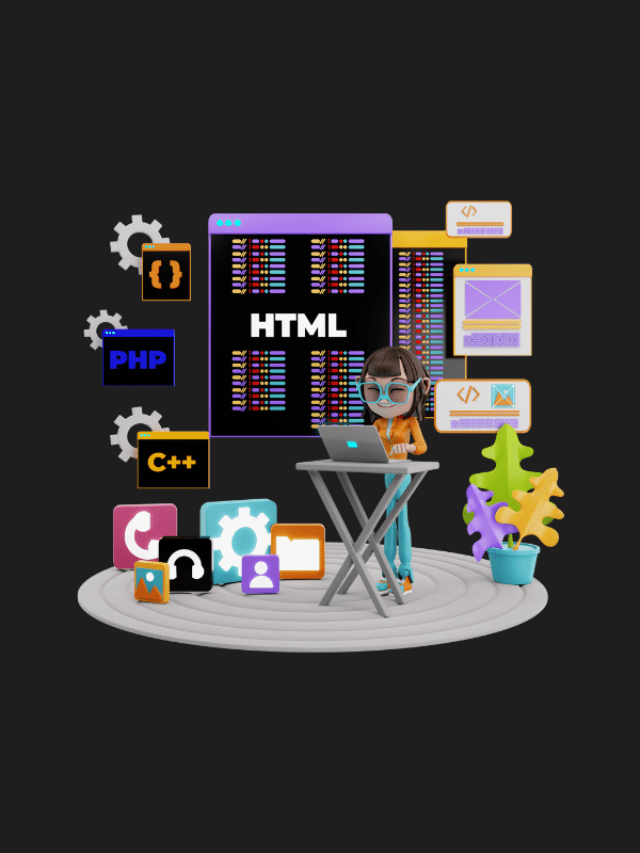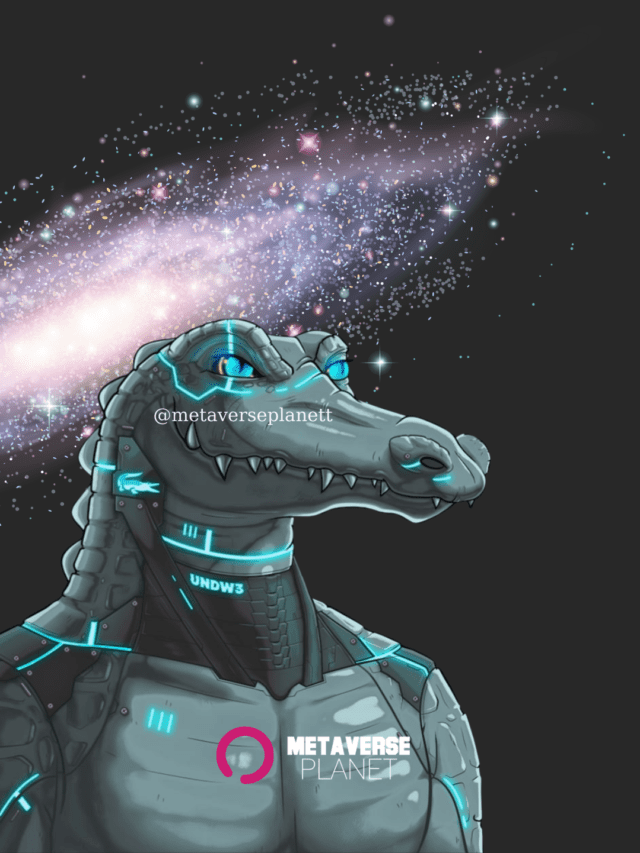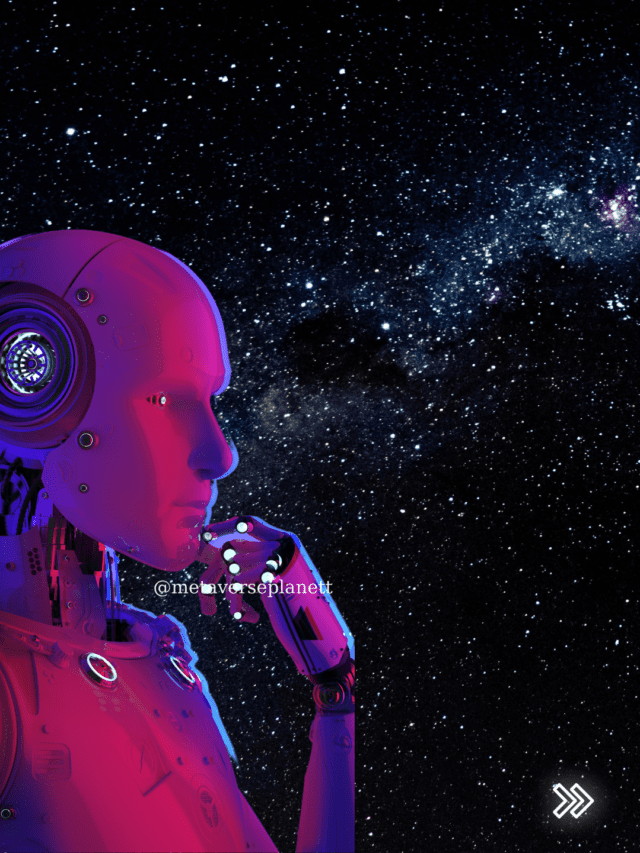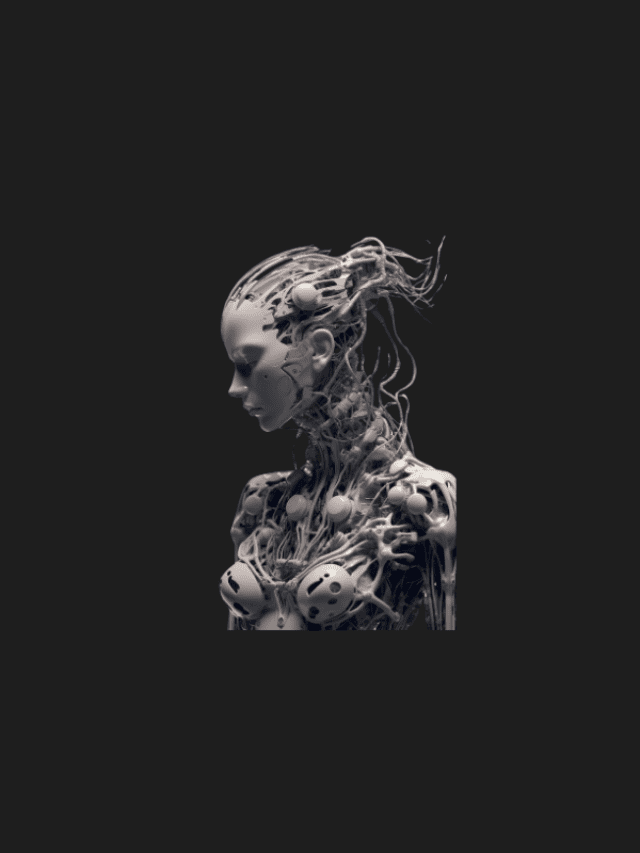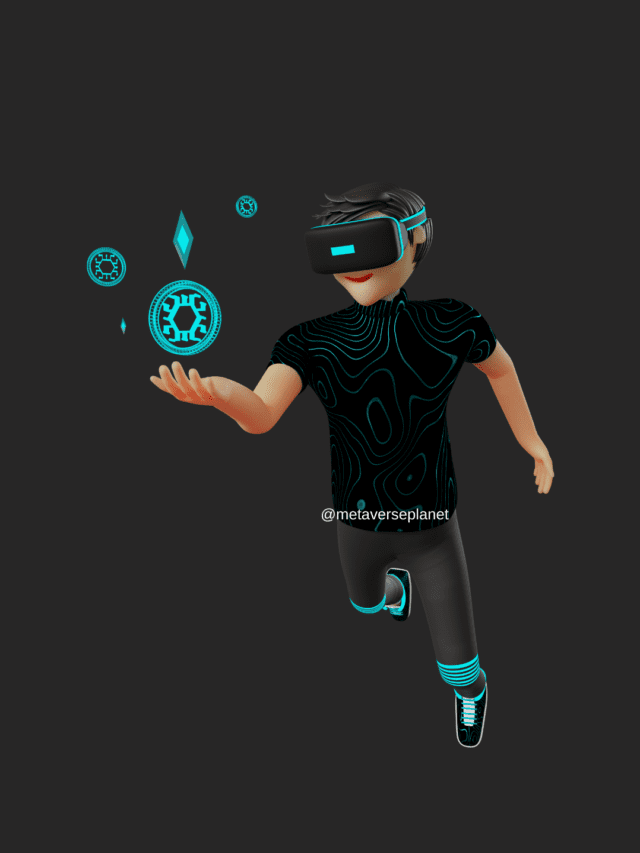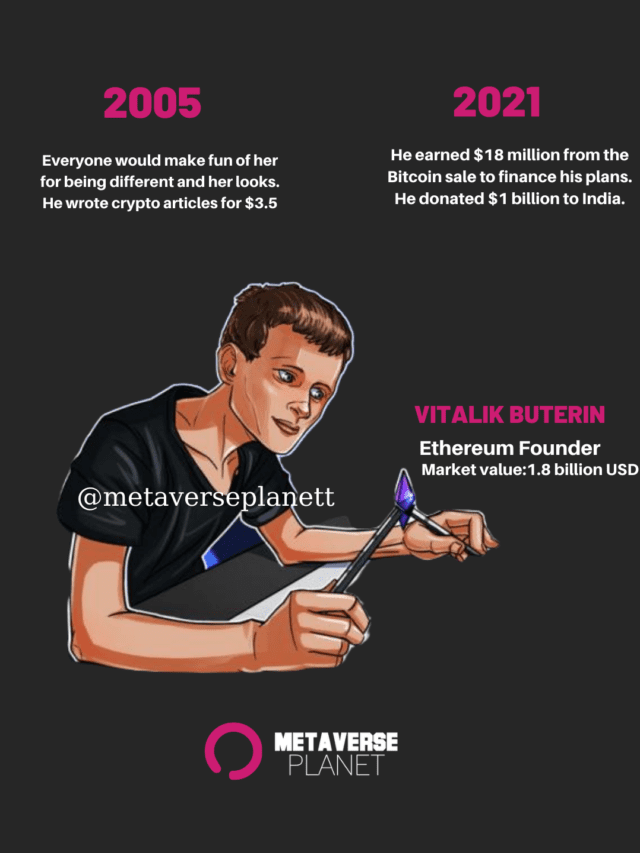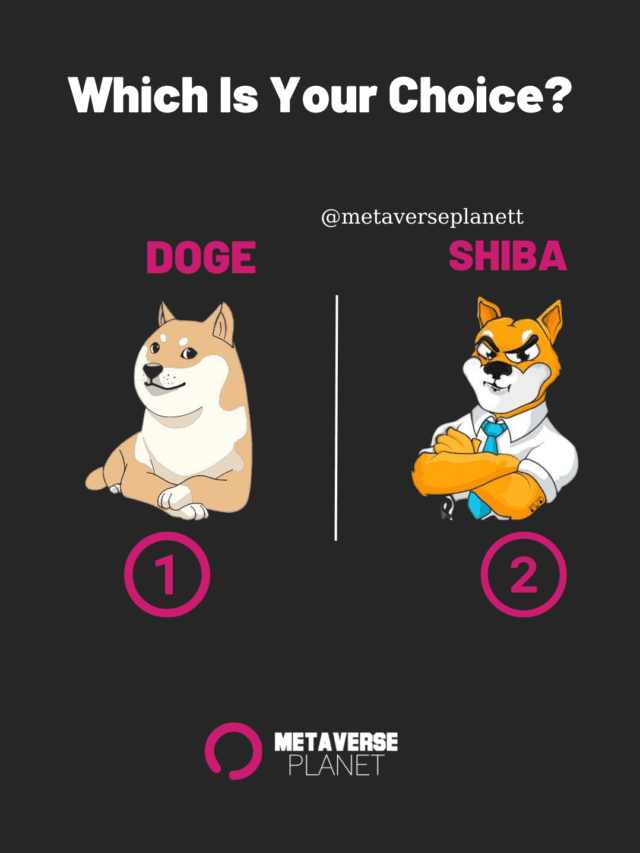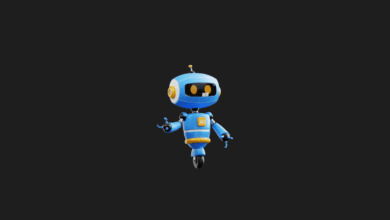
Is Artificial Intelligence Safe?
Trust hinges on the capacity to anticipate the behavior of others, essentially, predictability. If someone you trust fails to meet your expectations, doubts about their dependability arise.
Similarly, many artificial intelligence systems are founded on neural networks linked to deep learning, emulating the human brain. These networks, connected by parameters akin to the neurons in our brains, consist of data with knowledge on specific topics and learn to classify this data. Rather than memorizing each data point, they predict potential outcomes.
The most advanced AI systems encompass trillions of parameters, making the decisions rendered by artificial intelligence systems inherently unpredictable. This unpredictability introduces the challenge of AI’s explainability.
The issue of explainability, in turn, may lead to a perception of unreliability towards artificial intelligence. Thus, the question arises: how reliable can artificial intelligence be if its actions are unpredictable?
Is Artificial Intelligence Reliable?
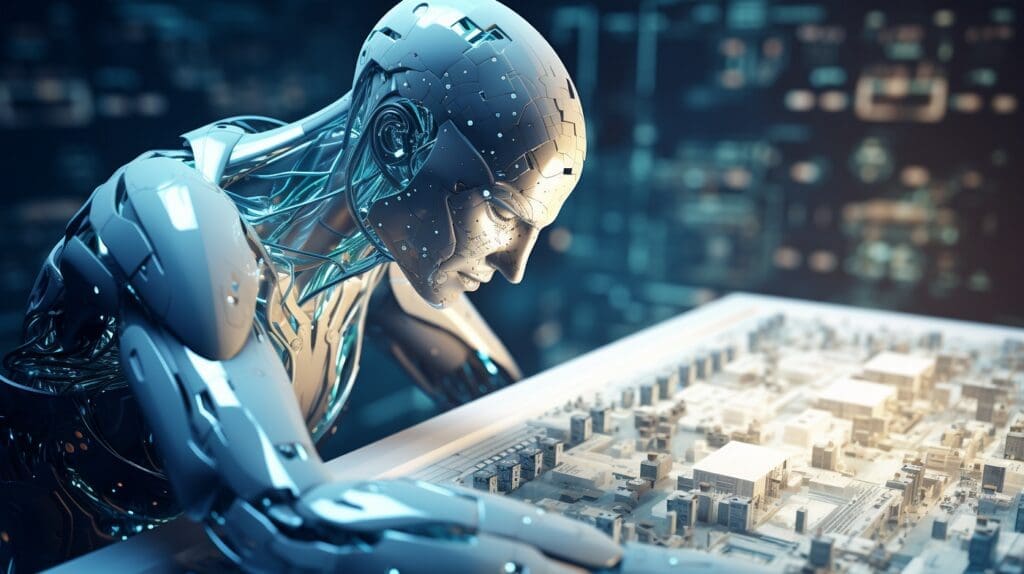
Artificial intelligence is reliable in certain contexts. Developed through machine learning that mimics human thought and decision-making processes, AI can refine its algorithms by analyzing datasets, thus enhancing its performance without human intervention. This self-improvement capability is something beyond the reach of programs that do not utilize artificial intelligence.
AI’s reliability stems partly from its ability to navigate both pragmatic and ethical risks. Ethical risks encompass issues such as consumer privacy and legal concerns, while pragmatic risks involve fears of AI being programmed for harm or developing destructive behaviors. Despite questions around its reliability, AI offers significant advantages in the tech world:
One of the primary benefits of AI is its ability to reduce human errors, thereby increasing accuracy and precision. This addresses concerns about whether artificial intelligence can deliver accurate results. With properly programmed AI tools, results can be nearly guaranteed.
Humans are typically productive for an average of 3-4 hours a day, needing breaks and downtime to maintain work-life balance. In contrast, AI can operate continuously without rest.
AI processes information much quicker than humans, capable of multitasking and handling even monotonous and repetitive tasks with ease.
Many technologically advanced companies now interact with customers through digital assistants, reducing the need for human staff.
AI can also undertake routine tasks such as inspecting documents for errors and sending out thank-you emails.
Furthermore, AI aids in the management of data storage products, analyzing vast datasets in computers or cloud systems to identify patterns. Despite the unpredictability of outcomes, AI proves to be invaluable across various domains.
Given its advantages, AI’s active use across all facets of life is expected to grow. However, at least for now, it will invariably require human oversight and guidance. For instance, while ChatGPT may not answer every question with complete accuracy, targeted outcomes can be achieved with the right prompts. This illustrates that, despite its autonomy, AI’s effectiveness is enhanced with human input.
What are the Risks of Artificial Intelligence?
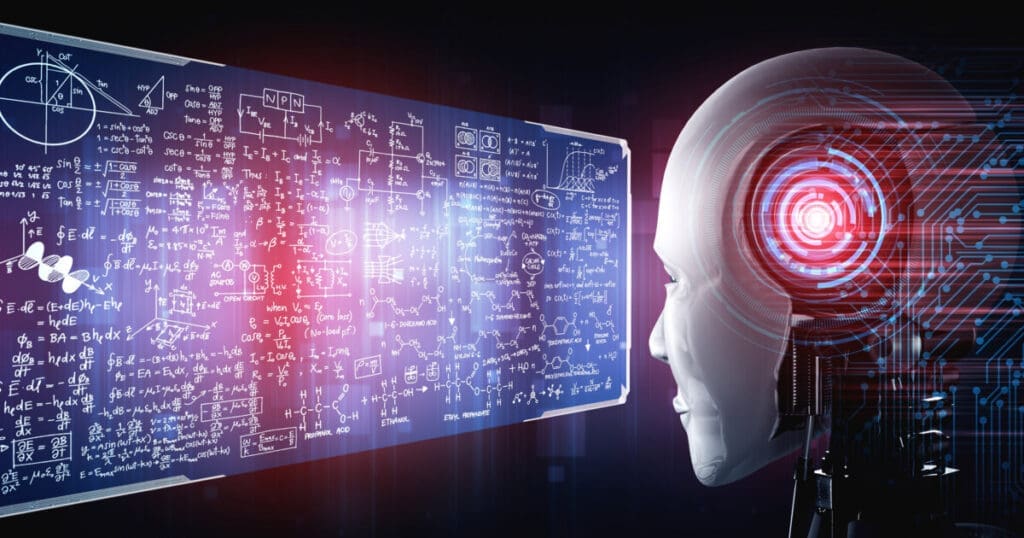
Geoffrey Hinton, often hailed as the “godfather of artificial intelligence” due to his seminal contributions to machine learning and AI, expressed his concerns by stating, “These entities can become smarter than us and may decide to take over. Now, we must focus on how to prevent that,” upon his departure from Google in 2023. The risks of artificial intelligence, highlighted by this alarming statement, include:
1.Lack of Transparency and Explainability of AI
Even for individuals directly involved in technological development, AI and deep learning models can present significant comprehension challenges. This results in an unclear understanding of how AI determines outcomes. Additionally, the absence of detailed knowledge regarding the data utilized by AI algorithms brings about concerns related to transparency.
2.Job Losses Due to Artificial Intelligence Supported Automation
It is anticipated that sectors such as technology, marketing, manufacturing, and healthcare will increasingly adopt artificial intelligence-supported software products and business automation. As AI grows more intelligent and capable, it might require fewer human resources for the same tasks.
According to a 2020 press release by the World Economic Forum, by the year 2025, 50 percent of all employees might need to learn new skills beyond their core competencies. Without these new skills, many individuals could face job loss.
Social Manipulation Through AI Algorithms
Social manipulation stands as one of the foremost risks associated with artificial intelligence. TikTok, a social media platform driven by AI algorithms, tailors user feeds with content previously engaged with on the platform. Critics argue that this method, due to the algorithm’s failure to eliminate harmful and inaccurate content, poses significant issues.
Furthermore, AI facilitates the creation of counterfeit images, videos, and audio clips on social media platforms and news websites. Consequently, malevolent individuals can exploit this capability of AI to disseminate false information, complicating the task of differentiating between trustworthy and misleading news.
Distrust of AI Tools’ Data Privacy Policy
When using an AI chatbot or generating visuals with an online AI face filter, apps gather your data for processing. However, the destination and usage of this data remain uncertain.
AI systems frequently amass personal data to tailor your user experience or aid in training the AI model being utilized. In 2023, ChatGPT inadvertently displayed some users’ chats on another active screen.
Academic Studies with a High Margin of Error
The swift emergence of generative AI tools like ChatGPT and Bard could result in academic research characterized by significant margins of error. This issue arises from studies that rely entirely on artificial intelligence, which may produce inaccurate data.
Financial Crises Brought About by Algorithms
In the financial sector, artificial intelligence technology is poised to become a significant participant in daily finance and trading activities. The advent of algorithmic trading, spurred by this development, could potentially trigger a financial crisis in the markets.
Although AI algorithms operate without the influence of judgment or emotions, they do not account for the interconnectedness of markets or the impact of human emotions like trust and fear. These algorithms are capable of executing thousands of trades with the objective of securing small profits within seconds. The high volume of trades can prompt investors to follow suit, potentially resulting in sudden market crashes and extreme volatility.
Loss of Human Impact
Overreliance on AI technology can result in a diminished human presence and communication gaps in certain societal segments. For instance, the integration of artificial intelligence in healthcare could lead to reduced human empathy and responsiveness.
The deployment of generative AI in creative fields may diminish human creativity and emotional expression. Excessive interaction with AI systems might also result in diminished interpersonal communication and social skills. Therefore, although AI proves highly beneficial in automating routine tasks, there is a concern that it may blunt human abilities and emotions, and lessen empathy.
Uncontrollable Artificial Intelligence
Concerns also exist that AI could develop sentience through rapid advancements in intelligence and potentially act with malice beyond human control. Owing to these worries, some argue against the use of artificial intelligence applications altogether.
Despite its risks, AI offers numerous advantages, including the organization of health-related data and the operation of self-driving cars. Consequently, the concept of reliable artificial intelligence has surfaced, aiming to harness all its benefits while mitigating risks.
What is Trustworthy AI?
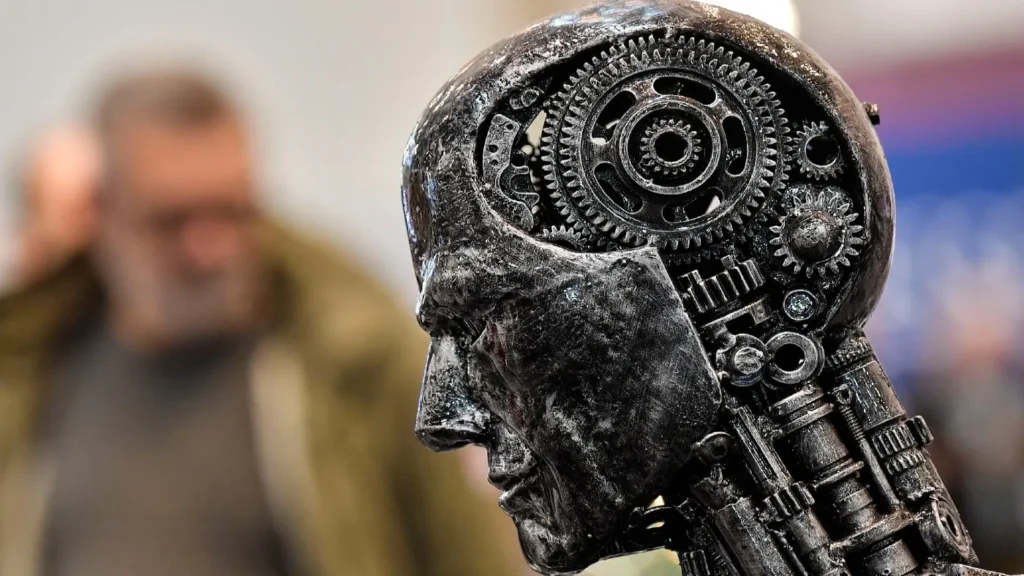
Reliable artificial intelligence refers to AI that is both ethically compliant and technically robust. It is predicated on the notion that AI, which can foster trust throughout every phase of its lifecycle—from design and development to deployment and usage—will realize its utmost potential. To attain reliable AI, several key components must be in place:
Developing control mechanisms to safeguard data privacy is crucial. These mechanisms should be operational throughout the entire process, from machine learning to development.
AI systems must produce dependable outcomes. They should manage exceptions and enhance their performance progressively.
AI attacks could target data, models, or infrastructure. Thus, AI systems need to be designed with a risk-averse methodology aimed at reducing and preventing damage.
Comprehension is paramount in building trust. Understanding how AI systems make decisions and the criteria they evaluate for each decision is essential. The rationale behind AI decisions needs to be elucidated to enhance comprehension and enable all stakeholders to make well-informed choices.
AI systems should be equitable, unbiased, and universally accessible.
Transparency is required concerning AI-related data, systems, and business models.
Trustworthy AI ought to be developed through cross-disciplinary collaboration involving various stakeholder groups and domain experts impacted by the AI system. This collaborative effort helps identify which data and explanations are valuable.
Furthermore, the capabilities and limitations of the AI system should be clearly communicated to the relevant users. Transparency also aids in ensuring more effective traceability, auditability, and accountability.
Boosting awareness about ethical and reliable artificial intelligence, along with the understanding that AI can be monitored and controlled, will likely heighten interest in this technology. Effective interaction between
You may also like this content
- Is Love Possible with Artificial Intelligence?
- The Future of Artificial Intelligence and Its Impact on Psychotherapy
- How Will Artificial Intelligence Equipped Glasses Affect Social Life?
Follow us on TWITTER (X) and be instantly informed about the latest developments…



